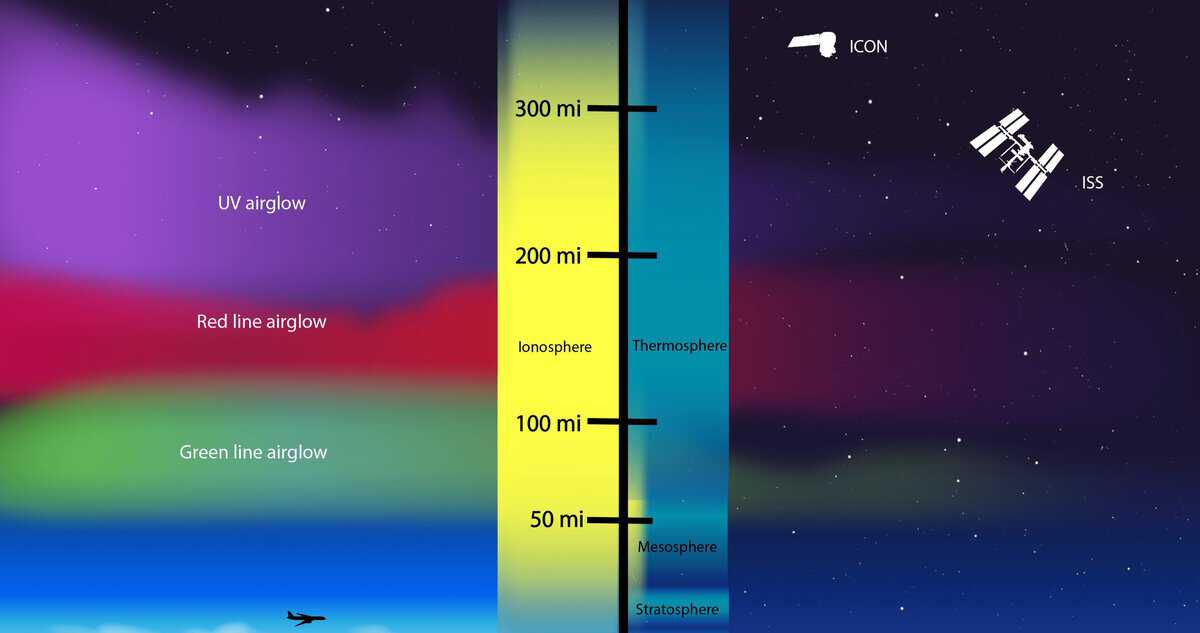Before we delve into the topic, let’s clarify what is meant by “emptiness.” When we use the term “empty,” we typically refer to vacant houses or desolate streets. However, emptiness goes beyond these earthly definitions. It encompasses a realm that lies outside the confines of our known universe. This realm is devoid of any form of matter or antimatter.

The aftermath of the Big Bang
Therefore, the void represents complete nothingness. It is a location devoid of space, time, and gravity. Let us revisit the beginning of our universe.
What caused this event? In our understanding, the Big Bang emerged from complete nothingness. In other words, the cosmos could not “sustain” the void. The immense void detonated, giving rise to matter.
Furthermore, it is important to note that this explosion did not occur in a singular location. Instead, it engendered space, which propagated throughout.
Based on the aforementioned, we can deduce that the entire cosmos is akin to a vast ocean. Universes can be likened to air bubbles, except they do not ascend to the surface, but rather manifest ubiquitously.
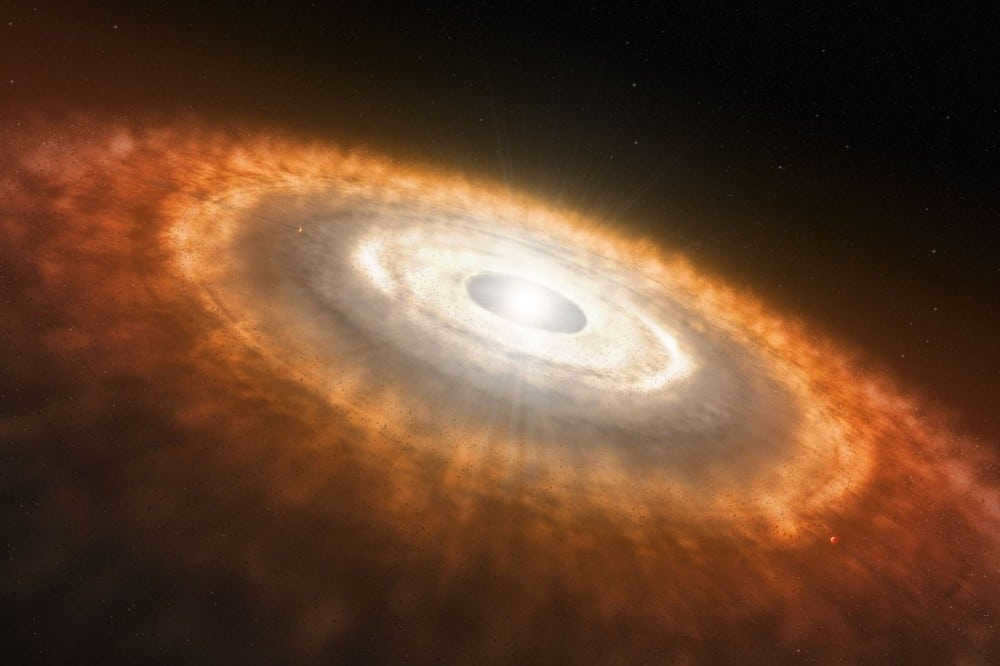
According to scientists, the universe is in a constant state of expansion. To illustrate this, let’s consider the analogy of air bubbles in the ocean. Just like some bubbles are larger than others, certain universes have emerged before others and have absorbed the smaller ones.
This concept aligns with modern theories suggesting that our cosmos will eventually contract, but instead of compression, it will involve the absorption of smaller universes.
Space
Let’s draw a parallel between the phenomenon of the Big Bang and the release of gas in a confined space. When gas is released, it quickly expands and fills the available space. Similarly, the Big Bang generated a release, but instead of gas, it filled the entire expanse of space.
On the other hand, we can liken time to two liquids on the same plane, with one liquid poured into the other. Time, like the overflowing liquid, spilled over into space, enabling matter to disperse in the aftermath of the cosmic explosion.
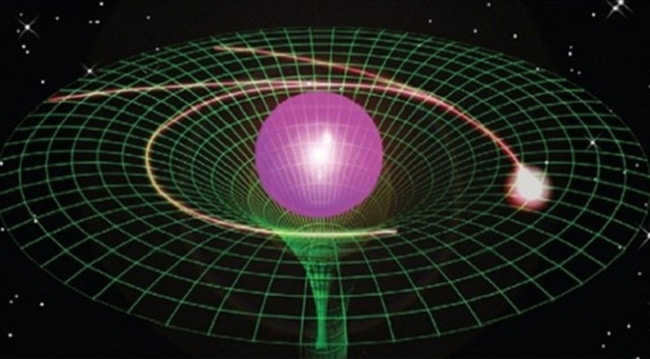
Imagine a scenario where, in the distant future, there exists a colossal universe that will eventually cease to exist due to its immense size. In this scenario, everything in the world will be reduced to nothingness, only for the cycle to begin anew. However, it is essential to note that this scenario is highly improbable.
In conclusion, it is conceivable that our universe will ultimately come to an end, although the term “end” may be too extreme. Rather, it is more likely that it will be consumed by another, even larger universe.
Thus, the world, as we perceive it, possesses both infinite vastness and infinitesimal scale. Depending on its relation to other objects, any given particle can be simultaneously small and immense.
The Existence of Other Civilizations
Let’s ponder the potential existence of civilizations in alternate universes. According to hypotheses, these universes are fundamentally identical, as they originated from the void.
The only distinguishing factor between these universes lies in the varying timelines of their formation, which consequently affects the level of expansion and civilization development.
However, a new quandary arises. Advanced beings and civilizations from older universes may possess technologies capable of transcending the confines of their own universes. Such boundary-breaking endeavors could disrupt the natural progression of universes, either hastening or decelerating their development. It is even possible that these advanced civilizations could create their own universes, thus shattering the established system of world structure.
Ultimately, we reach the conclusion that the universe is boundless in every direction, with an infinite number of parallel universes. This leads us to wonder about the origin of this vast expanse and whether it has always existed.
Unfortunately, there is no definitive answer to this query, as the human mind is confined to perceiving the world in three dimensions and cannot comprehend it from all angles.
We constantly gaze upon the starry sky, a cosmic realm that appears enigmatic and expansive, while we ourselves are but minuscule fragments within this vast, enigmatic, and silent universe.
Throughout our existence, humanity has been plagued by countless inquiries. What lies beyond our own galaxy? Does something exist beyond the confines of space? And is there a boundary to space itself? Scientists, too, have spent considerable time contemplating these questions. This article aims to summarize the current knowledge on the infinitude of space according to scientific findings.
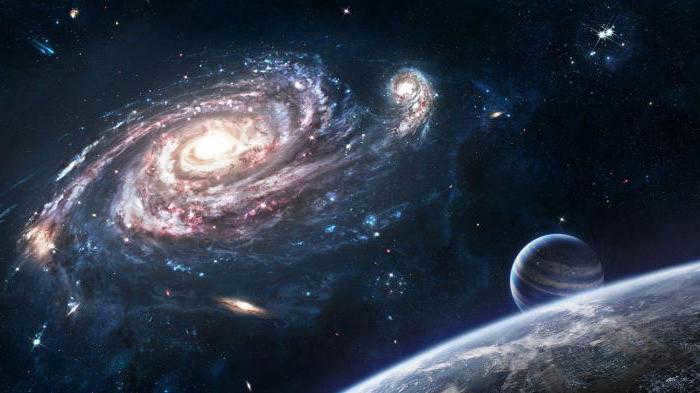
The limits of the boundless universe
It is commonly believed that our solar system came into existence as a result of the Big Bang. This event happened when matter underwent intense compression and then exploded, causing gases to scatter in various directions. This explosion gave rise to galaxies and solar systems. Previously, it was believed that the Milky Way is about 4.5 billion years old. However, in 2013, the Planck telescope enabled scientists to reevaluate the age of our solar system, which is now estimated to be around 13.82 billion years old.
Even the most advanced technology is incapable of comprehensively exploring the vastness of the cosmos. Although the latest instruments can capture the light emitted by stars located 15 billion light years away from our planet! These stars might even be long gone, but their light continues to travel through space.
Within the vast expanse of the cosmos lies our solar system, a mere speck within the grandeur of the Milky Way galaxy. This galaxy is just one of countless others that make up the universe. The true extent of the universe, however, remains a mystery.
One undeniable scientific fact is that the universe is in a state of constant expansion, giving birth to new celestial bodies with each passing moment. This perpetual evolution suggests that the universe’s appearance has likely undergone significant transformations throughout its existence. In fact, some scientists propose that millions of years ago, the universe bore little resemblance to its present form. With this ongoing expansion, it begs the question – does the universe have boundaries? And if so, what lies beyond them? Unfortunately, these answers elude us for now.
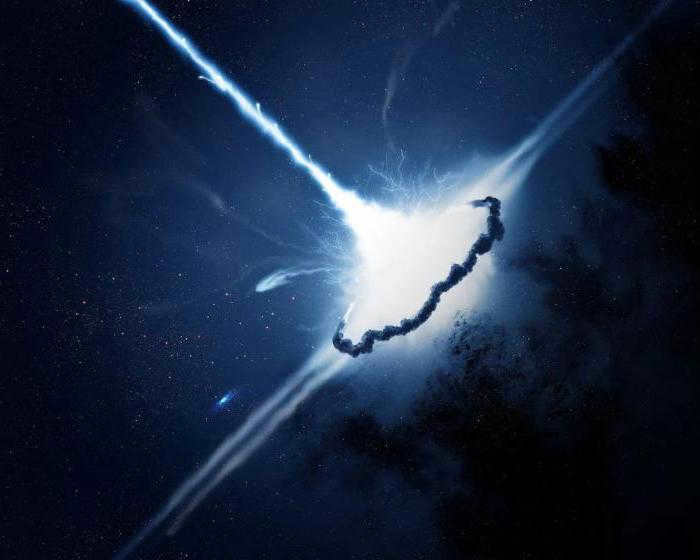
The cosmos is expanding
Scientists claim that the expansion of the cosmos is occurring at a much faster pace than previously believed. As a result of this expansion, exoplanets and galaxies are moving away from us at varying speeds. However, the rate of expansion remains constant and uniform. It’s simply that these celestial bodies are situated at different distances from our own. For instance, Alpha Centauri, which is the nearest star to the Sun, is “escaping” from Earth at a velocity of 9 cm/s.
Currently, scientists are seeking to unravel the mystery behind what fuels the expansion of the Universe.
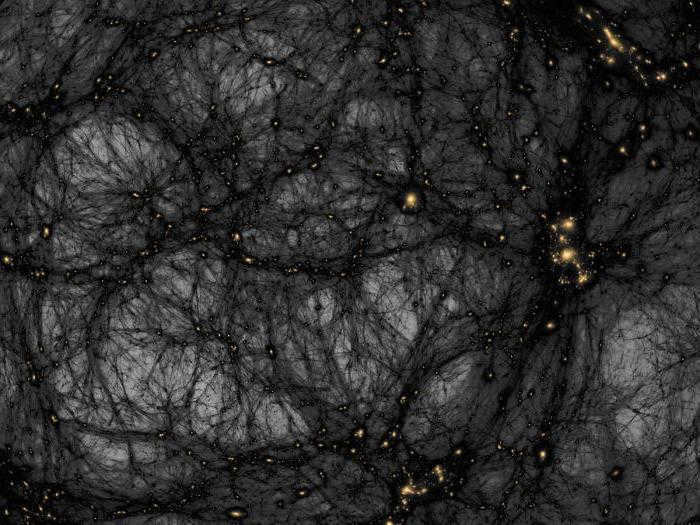
Dark matter and dark energy
Dark matter is a speculative material that does not emit energy or light but fills up 80% of the universe. Scientists hypothesized the existence of this elusive substance in the 1950s, although direct evidence was lacking. However, supporters of this theory continued to grow, suggesting that there may be unknown components within dark matter.
So, how did the theory of dark matter come about? The answer lies in the fact that if the mass of galactic clusters consisted solely of visible matter, they would have collapsed long ago. This leads to the conclusion that a significant portion of our universe is composed of a mysterious substance that remains unknown to us.
Back in 1990, scientists made a groundbreaking discovery – they found evidence of what is now known as dark energy. Before this discovery, physicists believed that gravity was the dominant force in the universe, working to slow down the expansion of the universe. It was thought that eventually, this expansion would come to a halt. However, two teams of researchers who set out to investigate this theory were shocked to find that the expansion of the universe was actually accelerating.
To put it in perspective, imagine tossing an apple into the air and expecting it to fall back down to the ground. But instead of falling, the apple starts moving away from you. This unexpected behavior suggests that there is another force at play – a force that has been dubbed dark energy.
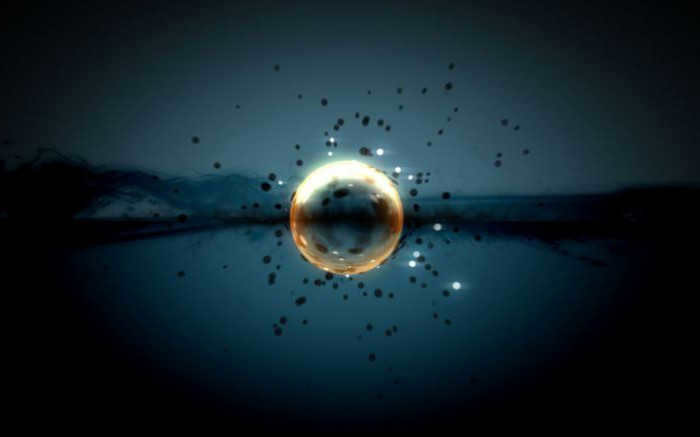
Nowadays, scientists have grown weary of debating the infinitude of the cosmos. Their focus has shifted towards comprehending the pre-Big Bang state of the universe. However, this query lacks coherence as time and space possess their own infinite nature. Hence, let us examine some of the conjectures put forth by scientists regarding the cosmos and its limits.
Infinity: An Enigmatic and Relative Concept
Infinity, a concept that never fails to captivate and intrigue, is both surprising and relative. It has long piqued the interest of scientists, as its existence challenges the limitations of the world we know. Everything in our reality has an end, from the smallest particle to the span of a human life. Yet, infinity beckons with its mystery, bordering on the mystical. It is a notion that is difficult to comprehend, yet undeniably real. In fact, infinity plays a crucial role in solving not only mathematical problems, but also a myriad of other enigmas.
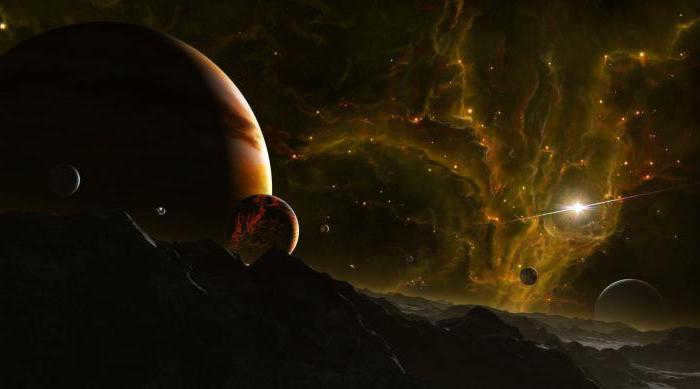
The concept of Infinity and Zero
The concept of infinity is widely accepted by many scientists. However, Israeli mathematician Doron Zelberger presents a different viewpoint. He suggests that there exists a colossal number, which when incremented by one, results in zero. This number, though incomprehensible to humans, is believed to be beyond any proof or verification. This concept forms the basis of the mathematical philosophy known as “Ultra Infinity”.
Infinite space
Is it possible for the sum of two identical numbers to be equal to that same number? At first glance, this may seem impossible. However, when discussing the vastness of the universe, the calculations of scientists suggest that subtracting one from infinity still results in infinity. Similarly, adding two infinities together also yields infinity. However, when subtracting infinity from infinity, the outcome is likely to be one.
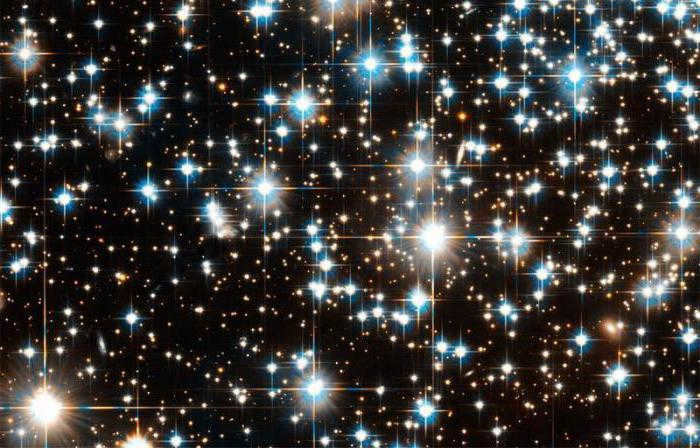
Countless Worlds
This hypothesis posits that the universe is boundless. It likely encompasses myriad, countless other galaxies harboring billions of stars. When you consider the bigger picture, everything in our existence repeats itself – movies follow one another, life commences anew in different individuals after it ends in another.
In contemporary scientific circles, the notion of a multi-dimensional Cosmos is widely accepted. Yet, the precise number of universes remains unknown to us. Other galaxies might house entirely distinct celestial entities. These worlds are subject to entirely different laws of physics. However, how can we experimentally substantiate their existence?
To find an interaction between our universe and others, we must detect it through the presence of a wormhole. However, the question remains: how can we locate these wormholes? According to some scientists, there is a possibility that a wormhole exists at the very core of our solar system.
Scientists propose that if space is truly infinite, then there may be a duplicate of our planet, and potentially even our entire solar system, somewhere within its vast expanse.
Another realm
Another hypothesis suggests that there are boundaries to the dimensions of space. The key concept is that the nearest galaxy (Andromeda) appears to us as it existed a million years ago. The further we look, the further back in time we observe. It is not space itself that is expanding, but rather the fabric of space. If we were able to surpass the speed of light and venture beyond the confines of space, we would be transported to a previous state of the Universe.
And what lies beyond this metaphorical boundary? Perhaps an alternate realm, free from the constraints of space and time, that our consciousness can only fathom.
“Voyage to the Boundaries of the Universe.”
Produced in 2008, this film offers an extraordinary visual experience, showcasing not only our solar system but also the entire galaxy and the vast expanse of space beyond. The distance it takes viewers is beyond comprehension, revealing unprecedented and enigmatic phenomena that unfold in the cosmic realm.
“Voyage to the Boundaries of the Universe” stands out as one of the finest space documentaries ever made.
The emptiest region in the observable universe, spanning seven hundred million light years, is known as the great void. This perplexing void has confounded scientists for nearly four decades, giving rise to the most unconventional theories about its true nature.
When gazing at the nighttime sky, one may perceive the stars as being scattered uniformly throughout the cosmos. However, it is understood that this is not accurate. Stars congregate within galaxies, and galaxies come together to create gravitationally bound clusters. Generally, neighboring galaxies are in close proximity to one another (on a cosmic scale), and vast regions of empty space are not prevalent.
Nevertheless, there exists a unique occurrence referred to as a Volopassus void. This is an exceedingly vast expanse of vacant space, unparalleled in any other part of the known universe.
It is an incredibly vast emptiness
With a diameter of 330 million light-years, this super void represents only 0.27% of the observable universe’s diameter, which is 93 billion light-years. Its volume measures approximately 236 thousand cubic megaparsecs, making it the largest void ever discovered in the cosmos.
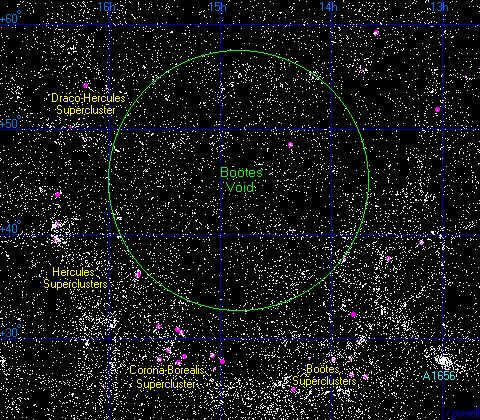
Shortly after the discovery of the Volopassus vode, astronomers quickly realized the exceptional nature of this area. Initially, they only identified eight galaxies within it, but through further observations, they uncovered a staggering 60 galaxies spanning a diameter of approximately a quarter billion light-years. According to astronomer Greg Oldering, had the Milky Way been situated at the heart of the Volopassus vode, our awareness of other galaxies would have been delayed until the 1960s.
In contrast, our own home, the Milky Way, is surrounded by approximately two dozen neighboring galaxies in a relatively tiny space spanning just three million light-years. Considering that the average distance between galaxies in the entire Universe amounts to a few million light-years, one can imagine that a vast expanse like the Volopassus vode would contain around 10,000 galaxies, given a similar density.
Similar to bubbles of soap
Naturally, scientists are eager to investigate the origins of this peculiar area in space. Computer simulations propose that smaller voids, which are more commonly observed, form after galaxies merge as a result of gravitational interactions. This causes adjacent regions to become empty, and as this process continues, the voids grow in size.
However, this theory does not explain the existence of the Volopassus woad. The Universe has not existed for a sufficient amount of time for gravitational forces to “cleanse” an area of such magnitude.
Efforts to discover a rationale resulted in the inception of a fresh hypothesis proposing that super voids come to fruition through the amalgamation of diminutive voids. Aldring previously made note of the peculiar formation of galaxies within voids, assuming the configuration of tubular structures, and this seems to serve as a pivotal indication. Furthermore, he posited that the Volopassus void emerged subsequent to the merging of smaller voids – akin to the manner in which soap bubbles converge to form one substantial bubble. As for the “tubular” galaxies, it is plausible that they are remnants of the boundaries between smaller voids.
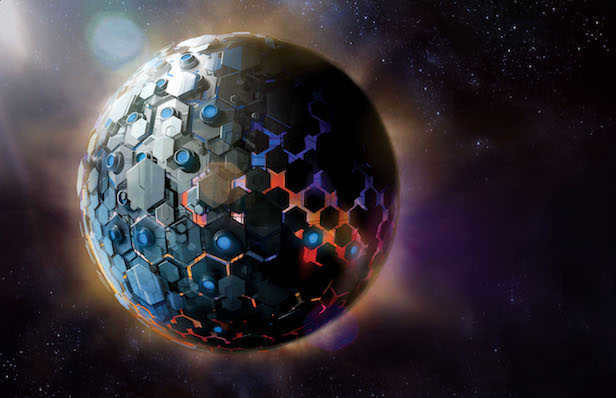
A Terrifying and Desolate Location
The nature of this desolate place is truly thought-provoking. Undoubtedly, anyone who ventures into this area would be absolutely astonished by the immense solitude, as they witness the vast distances between galaxies and the sight of the distant cosmos, which appears to be darker than the darkest shade of black.
Furthermore, the Volopassus vode is likely the most pristine vacuum in space, which makes its effects even more intriguing. It is not only devoid of rocks and dust, but also extremely rare in particles of any kind. It may take countless ages for particles to interact within this expansive void, assuming that interaction is even possible in such an environment.
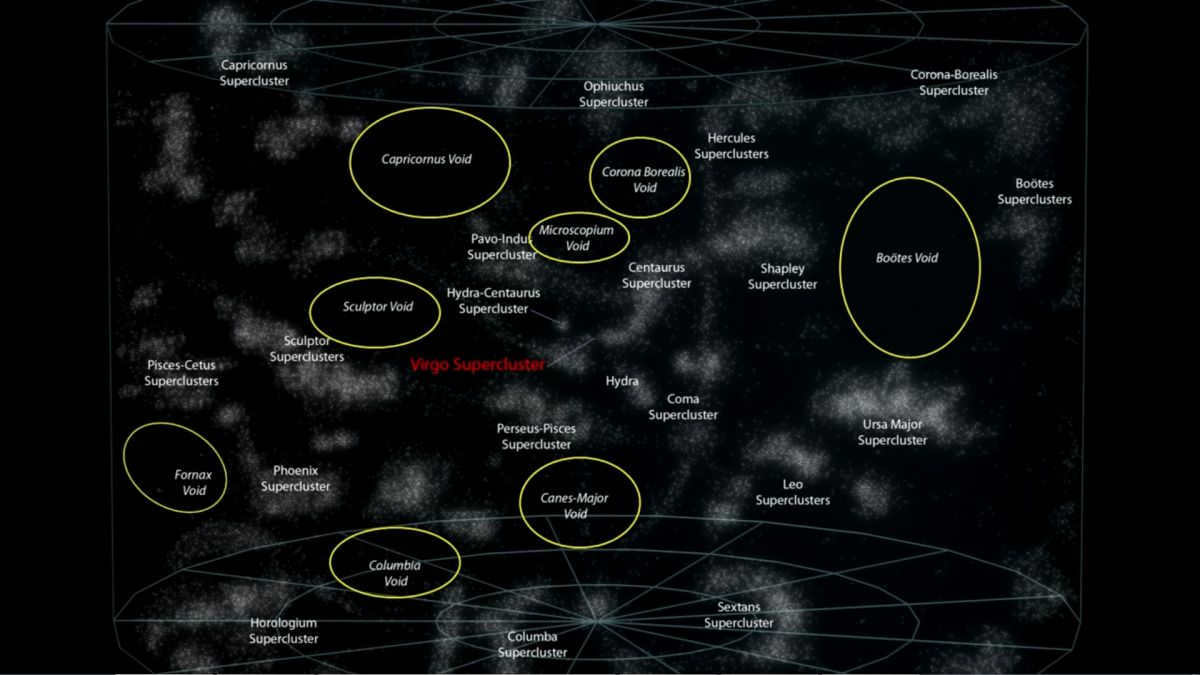
The remarkably low density of matter in this area of space implies that if any sort of “structure” – like a neutrino, for instance – enters it from one side, it will appear identical on its way out hundreds of millions of years later. The same holds true for photons. Particles of matter with significantly greater mass than neutrinos and photons will naturally gravitate toward the boundaries of the void. Due to this conservation-of-state characteristic, the howdah of Volopassus could potentially be viewed as a flawless time capsule in the future.
However, the discovery of the super void had a profound impact on conventional cosmological theories. Since then, astronomers have continuously adjusted their understanding of galaxy formation based on the known highly uneven distribution of matter in the Universe.
Ultimately, the existence of Volopas serves as a poignant acknowledgment of the sheer enormity of the universe. The scope of what lies beyond our grasp is beyond fathomable, and our role within it is minuscule and inconsequential – a mere flicker amidst the vast expanse of the cosmos. Nevertheless, despite the potential sense of isolation we may experience on our insignificant planet, we are fortunate enough to have the chance to marvel at the celestial panorama whenever we cast our eyes towards the skies.
The issue of what lies beyond the cosmos and whether it possesses boundaries is a matter not only for scientists who have dedicated their lives to examining the vastness of space. Everyday individuals ponder this when gazing at the night sky, which appears to be limitless, yet it seems reasonable to assume that everything has its limits. In reality, the stars visible to us at night constitute merely a fraction of the entire expanse. Even astronomers and other experts lack a definitive answer to the question of space’s boundaries, but they have formulated multiple plausible theories concerning the universe’s size. These theories are outlined in this article.
From the inception of space exploration, numerous hypotheses have been proposed concerning the vastness of the universe. At this juncture in its progress, science lacks the capability to validate any of these theories, but there exists sufficient knowledge to refute many conjectures. Conceivably, humanity will one day obtain an accurate answer; for now, we can only delve into the most captivating and credible theories. If you have an interest in the future of space exploration, then take note of the article “What must scientists do to establish space as our habitat?”.
Science is founded on the expanse of the observable Universe, which refers to the portion where radiation can be detected. Signals are also received from the region that is concealed from our view, known as the Metagalaxy. Its outermost boundary is the zone that receives radiation emitted during the Big Bang. As a result, the radius of the Metagalaxy has been determined to be 46 billion light years. What lies beyond this point remains unknown, giving rise to differing opinions.
Some experts argue that it represents only a fraction of the entire space, while others maintain that there is nothing beyond it.
Another way to define the limits of the observable universe is through the Hubble volume. The Hubble volume refers to the portion of the Metagalaxy where the rate of space expansion is slower than the speed of light. This region spans a distance of 13.8 billion light-years, roughly equivalent to the age of the universe since the Big Bang. However, it is important to note that the Hubble volume cannot be definitively considered finite, as its boundaries are determined by the capabilities of the Hubble telescope.
Multiverse
According to the concept of multiverse, the Universe is not limited to just one world, but rather consists of numerous parallel worlds. These worlds emerged from the primary matter during the Big Bang and have since followed their own unique evolutionary paths. Some worlds may have ceased to exist, while new ones continue to emerge. This idea has been embraced by renowned physicists such as Stephen Hawking from Britain, as well as Neil Tyson, Brian Green, and Alan Guth.
Everett’s interpretation of the multiverse suggests that each of these worlds operates under the same set of natural laws, but they may be at different stages of development. Although these worlds can occasionally intersect at certain points, they largely evolve independently of each other.
This theory, while it may hold some truth, has transitioned into a more philosophical realm rather than a scientific one. The arguments presented cannot be verified or disproven through experimental means. However, if the proponents of this theory are indeed correct, it would imply that our universe possesses boundaries and a finite existence.
Avoiding the void
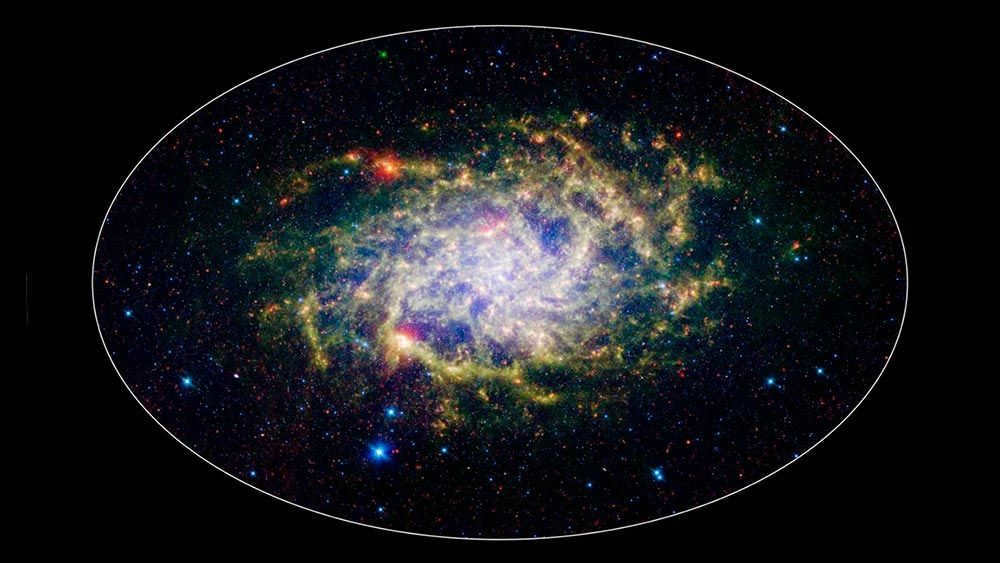
Enormous projection
A different theory is presented in Hawking’s latest work, which was published posthumously. The core idea of this intriguing hypothesis is that the observable universe is a holographic representation of the primary plane that originated from the Big Bang. According to this assumption, our world is actually two-dimensional, despite our perception of it as three-dimensional. All the characteristics of the Universe in terms of time and space are merely distortions of this primary plane. However, proving this hypothesis is currently impossible. If we were to consider the reality as two-dimensional, then the laws that are designed for three-dimensional space would not be applicable, which gives scientists a reason to contemplate on this matter.

